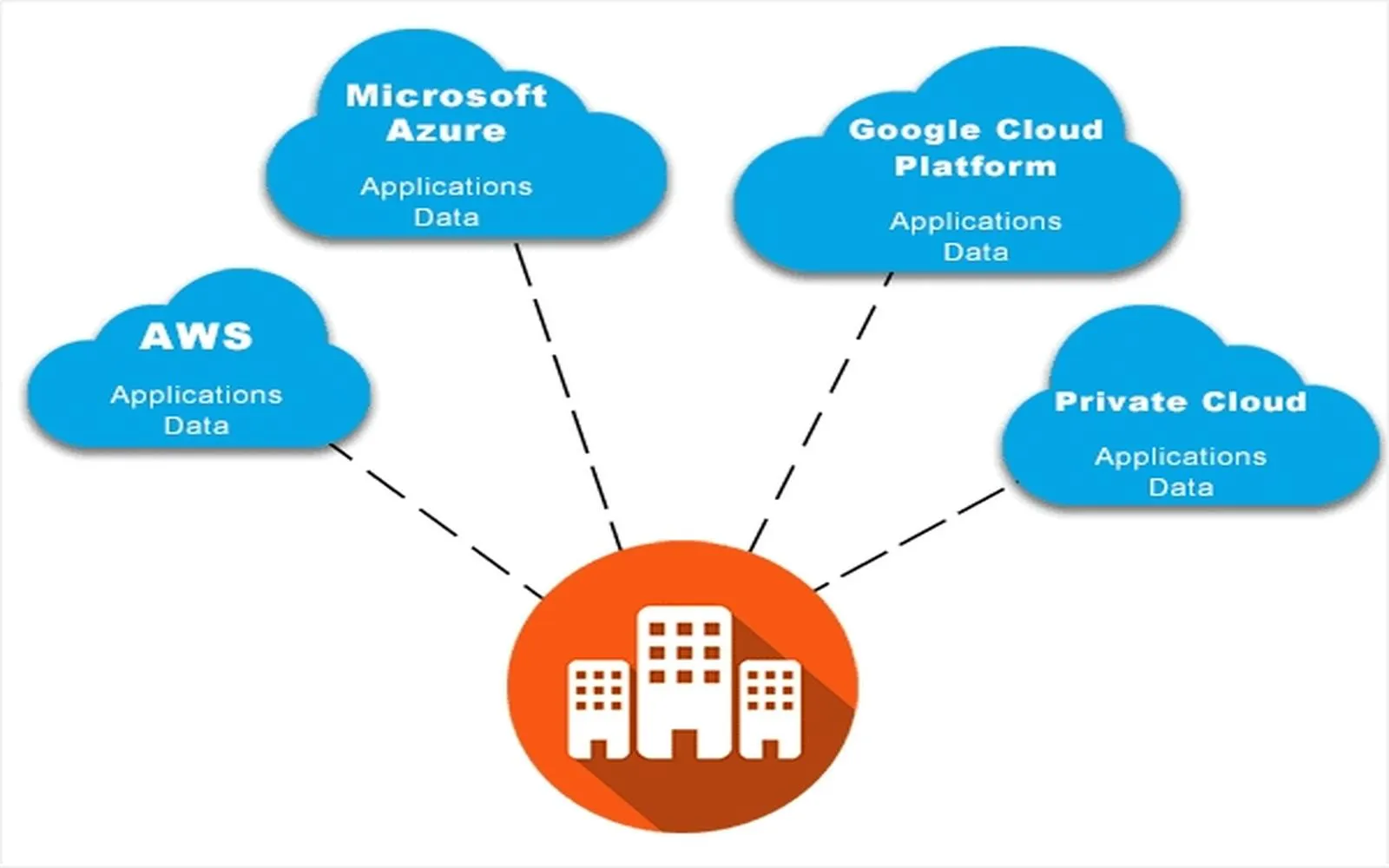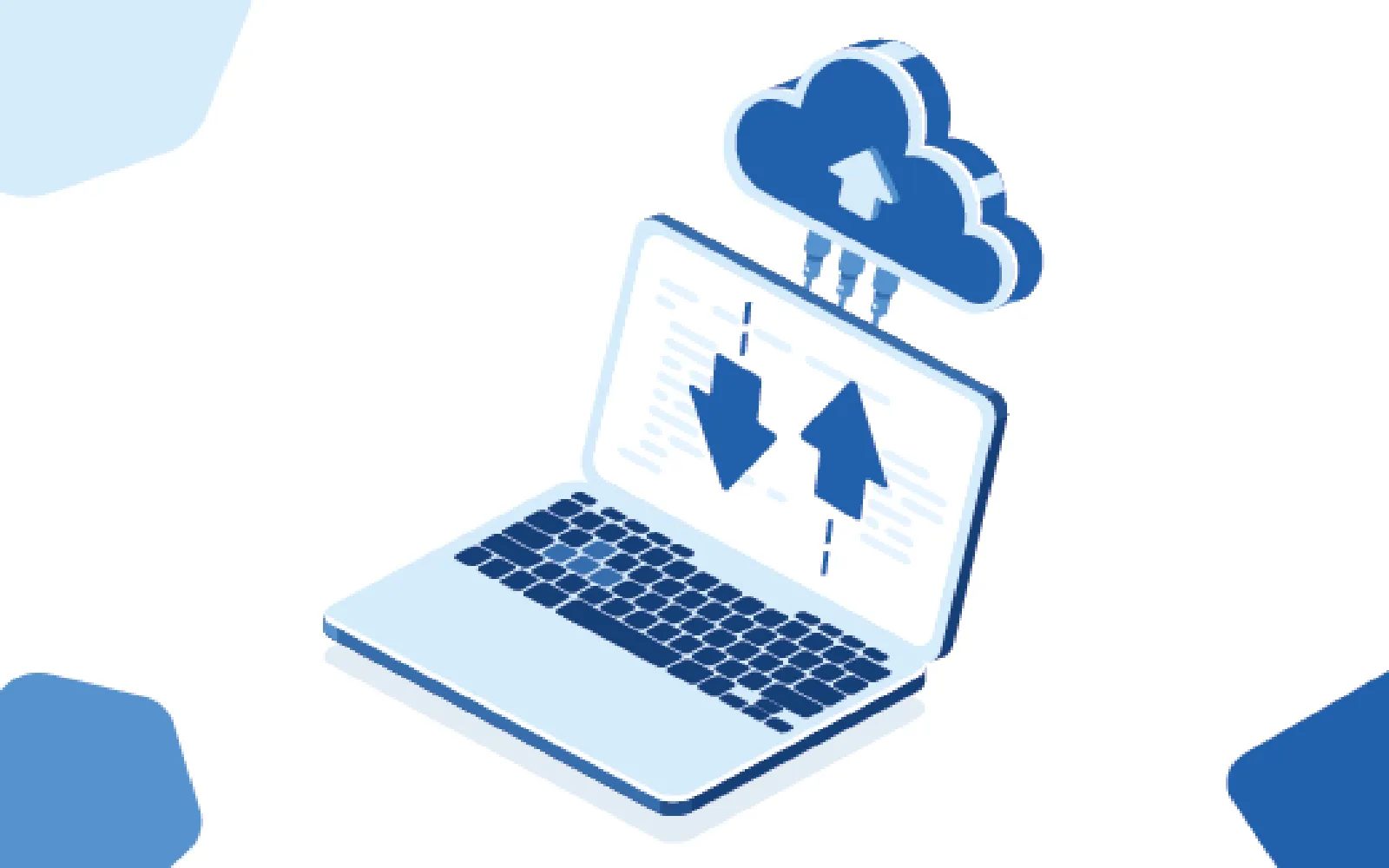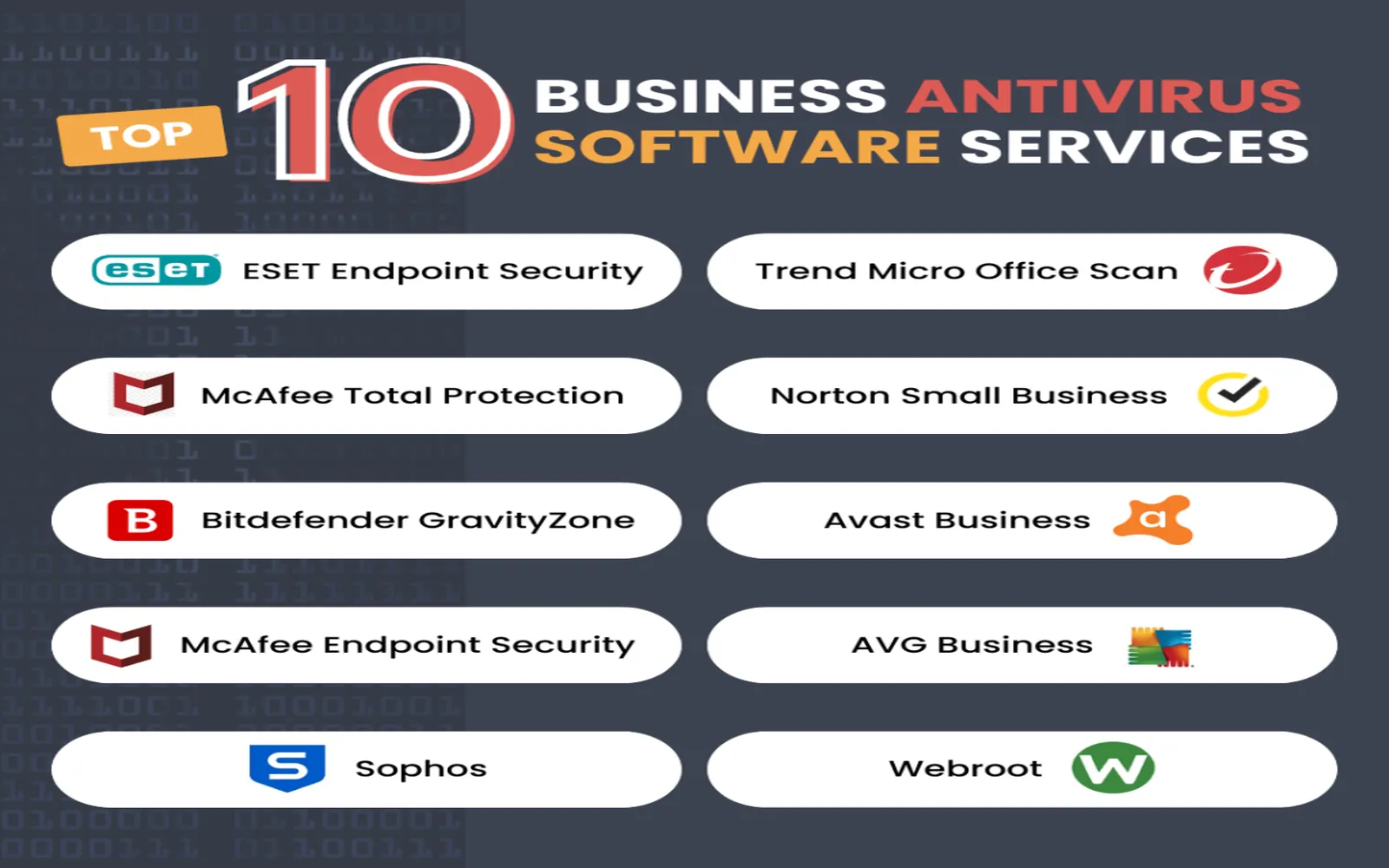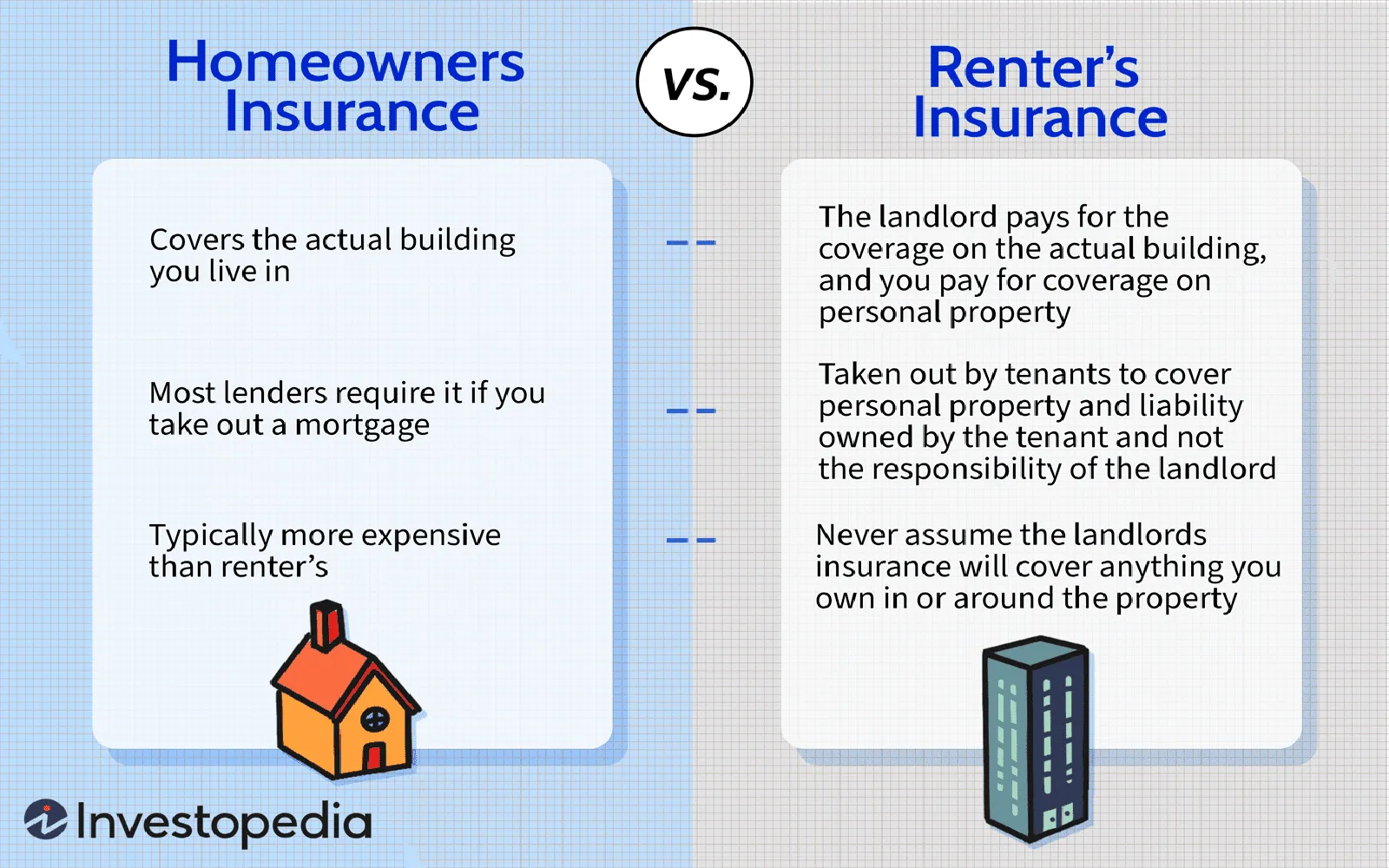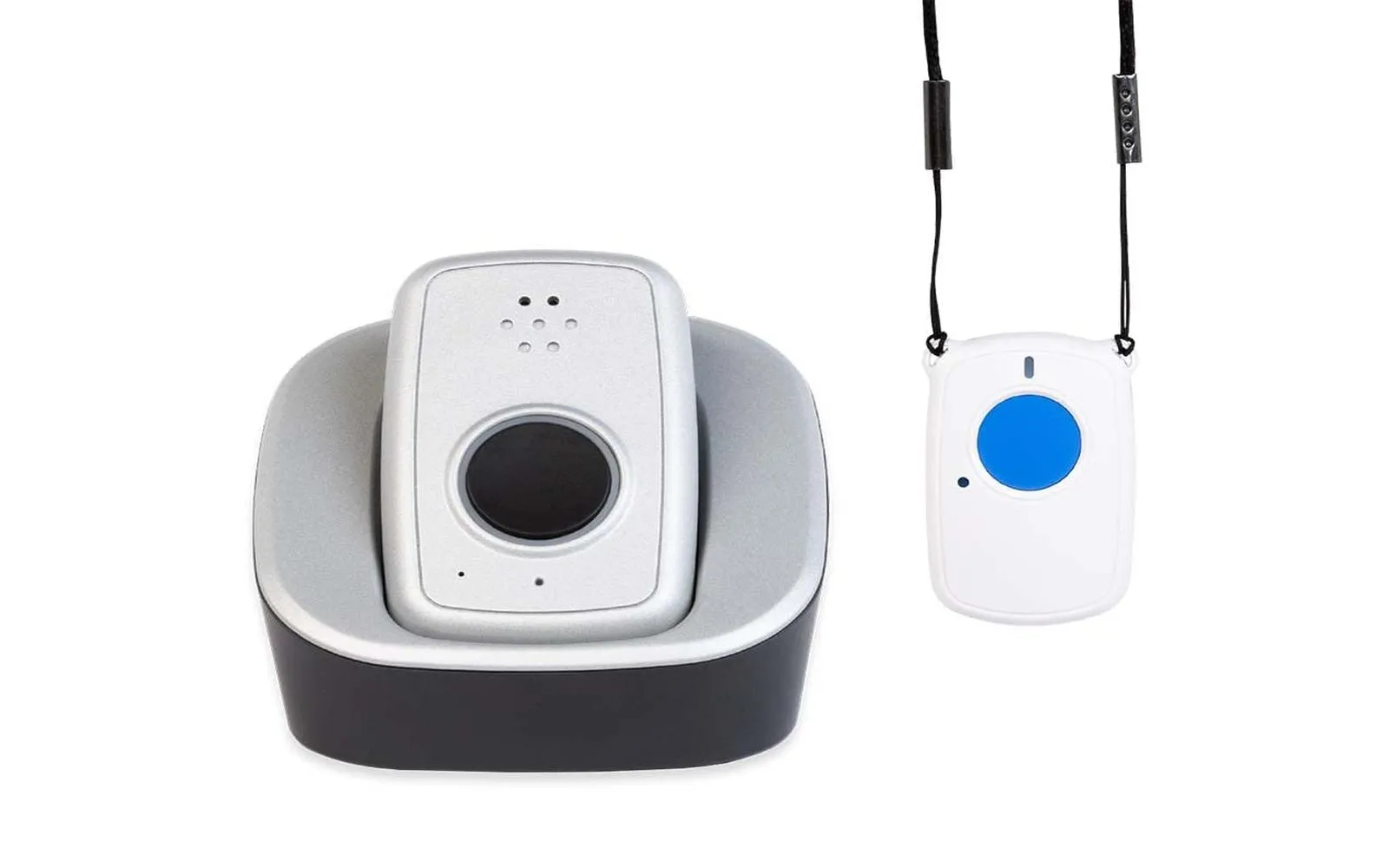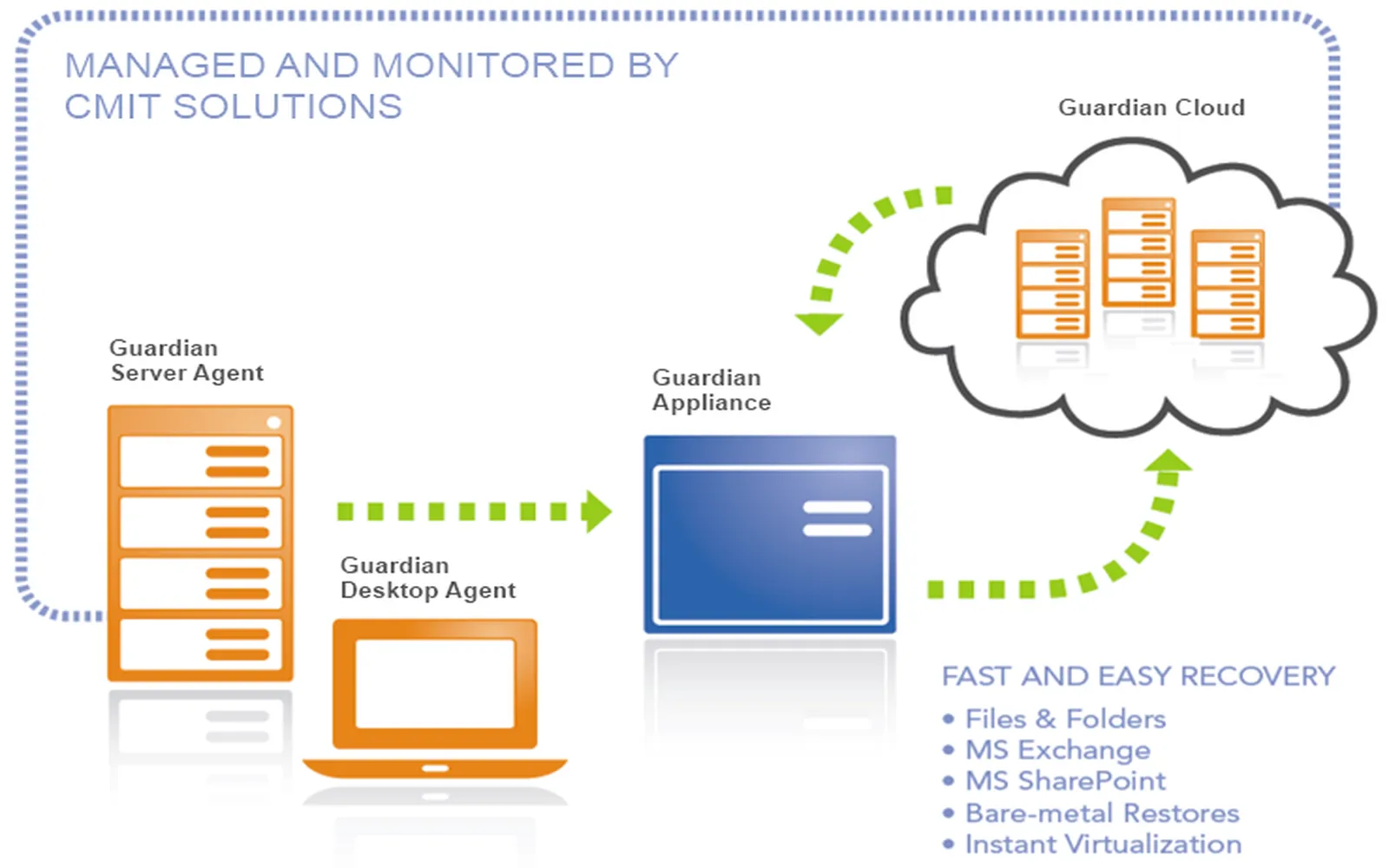Understanding Cloud Security
In today’s digital landscape, businesses and individuals increasingly rely on cloud services for their data storage and application needs. However, with this convenience comes the critical responsibility of ensuring robust cloud security. This involves protecting sensitive information from unauthorized access, data breaches, and other potential threats. Understanding the fundamentals of cloud security is essential for safeguarding your online presence.
Key Components of Cloud Security
To effectively enhance your online safety, it is vital to focus on several key components of cloud security. These include:
- Data Encryption: Encrypting data both at rest and in transit helps protect it from unauthorized access.
- Access Control: Implementing strict access controls ensures that only authorized users can access sensitive data and applications.
- Identity Management: Using identity management solutions allows organizations to manage user identities and access permissions efficiently.
- Regular Audits: Conducting regular security audits and vulnerability assessments can help identify and mitigate potential threats.
- Incident Response Plan: Having a well-defined incident response plan is crucial for addressing security breaches swiftly and effectively.
The Importance of Data Encryption
Data encryption is one of the most critical aspects of cloud security. It transforms your data into unreadable formats, making it extremely difficult for attackers to decipher it without the correct decryption keys. When selecting a cloud service provider, ensure they offer robust encryption options, including:
- End-to-End Encryption: This ensures that data is encrypted on the sender's end and only decrypted on the recipient's end.
- Encryption at Rest: Protects data stored on servers, safeguarding it from unauthorized access.
- Encryption in Transit: Secures data as it moves between your device and the cloud, preventing interception by malicious actors.
Enhancing Access Control Mechanisms
Access control is crucial for maintaining cloud security. By implementing role-based access control (RBAC), organizations can restrict access to sensitive information based on user roles. This minimizes the risk of data breaches due to unauthorized access. Additionally, consider the following access control best practices:
- Multi-Factor Authentication (MFA): Require users to verify their identity through multiple channels before granting access.
- Regularly Update Access Permissions: Periodically review and update user permissions to ensure they align with current roles and responsibilities.
- Use of Strong Passwords: Encourage the use of complex passwords and regular password changes to enhance security.
Implementing Identity Management Solutions
Identity management solutions play a vital role in managing user access and ensuring cloud security. These tools help organizations streamline user provisioning, authentication, and access control processes. Key features to look for in identity management systems include:
- Single Sign-On (SSO): Simplifies user access by allowing one set of credentials to access multiple applications.
- Automated Provisioning: Reduces human error by automating the user onboarding and offboarding processes.
- Audit Trails: Maintain detailed logs of user activities to track and analyze potential security incidents.
Conducting Regular Security Audits
Regular security audits are an essential practice for maintaining cloud security. These audits help organizations identify vulnerabilities, assess compliance with security policies, and ensure that their security measures are effective. Key steps to consider during security audits include:
- Vulnerability Scanning: Use automated tools to scan for known vulnerabilities in your cloud applications and infrastructure.
- Penetration Testing: Simulate cyberattacks to test your security measures and identify weaknesses that could be exploited.
- Compliance Checks: Ensure that your cloud services comply with relevant regulations and standards, such as GDPR or HIPAA.
Establishing an Incident Response Plan
Despite the best efforts to secure your cloud environment, breaches can still occur. An effective incident response plan is crucial in mitigating the impact of a security incident. Your plan should include:
- Preparation: Establish a response team and provide training on incident handling.
- Detection: Implement monitoring tools to detect security incidents in real-time.
- Containment: Quickly isolate affected systems to prevent further damage.
- Eradication and Recovery: Remove the threat and restore systems to normal operation.
- Post-Incident Review: Analyze the incident to improve future response efforts and strengthen cloud security.
Conclusion
Enhancing online safety by securing your data and applications in the cloud is a vital responsibility for organizations and individuals alike. By focusing on key components such as data encryption, access control, identity management, regular audits, and an effective incident response plan, you can significantly improve your cloud security posture. As the digital world continues to evolve, staying informed and proactive about security measures will be crucial in protecting your sensitive data and maintaining trust with your users.

